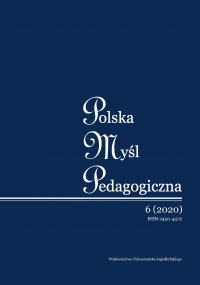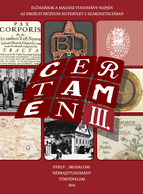
Képmelléklet
List of illustrations to the articles of the following authors: Pozsony Ferenc, T. Szabó Csilla, Tőtős Áron, Ferenczi Szilárd, Wellmann László, Murádin János Kristóf.
More...We kindly inform you that, as long as the subject affiliation of our 300.000+ articles is in progress, you might get unsufficient or no results on your third level or second level search. In this case, please broaden your search criteria.

List of illustrations to the articles of the following authors: Pozsony Ferenc, T. Szabó Csilla, Tőtős Áron, Ferenczi Szilárd, Wellmann László, Murádin János Kristóf.
More...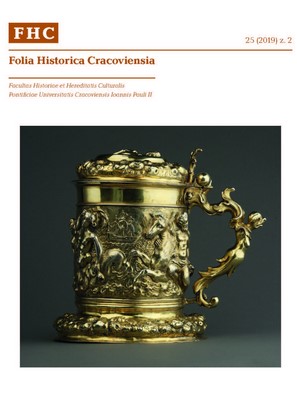
The disappearance, breakup, or perhaps the dissolution of the Habsburg monarchy into nonexistence in the last several days of the “Great War” did not mean that time and history disappeared without a trace. For it left a rich and varied heritage consisting of intertwined collective and cultural memories that transform over time into a mythology. An important place in that Central-European, Habsburg mythology is taken by the myth of Galicia. The evidence of its existence and vitality is in its emergence several years ago, as unexpected as it was intensive, in the commercial realm. That was made possible by drawing references on heritage, remembrance, and myth, and not by a knowledge – even elementary – of the reality under this banner. The Kingdom of Galicia was wiped out from the territory it used to occupy by the disaster of two wars. Yet a memory of it, evidently strongly rooted, managed to survive that unfavourable time and today it is still very much alive, even though greatly transformed. The time that has passed, together with all the historical tremors during that time, resulted in a kind of deconstruction from which a new, mythical form of Galicia emerge. It began to live its own peculiar life which has hardly anything in common with the original. The realm in which its presence is best visible today is what can be broadly called “commercial use.” The cultivation of the current, predominantly commercial functionality of Galicia is only rarely accompanied by a reflection on the sense or reason for the cherishing of its mythology, which is what is actually taking place. Are the material benefits – because there must be some – a sufficient justification for the glorification of the Austrian partition in contemporary Poland?
More...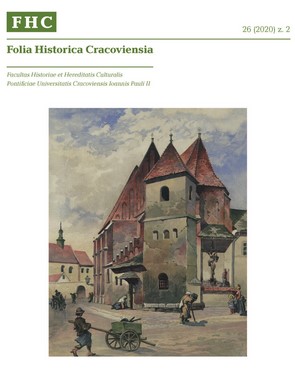
The text presents the dynamics and variability of the political options and alliances which shaped the borders of modern Syria in the most crucial period of World War I and the first years of post-war reality in the Middle East. The researchers show how the external interests of the Great Powers took priority over the Syrians’ internal affairs. For the inhabitants of the Levant, it meant the Western practice of ignoring Arab opinions and aspirations in the aftermath of the Great War, which was sealed in the Treaty of Versailles. Despite the positive solutions proposed by The King-Crane Commission (1919), the new post-Ottoman order ignored local identities and political preferences. The new borders were created artificially and determined arbitrarily. The Sykes-Picot agreement reinforced both conspiracy theories in the Middle East and the mythology of the Great Arab Revolt. The competing Western powers took advantage of the local minorities, fueling dislike and strengthening sectarianism. In the years 1919–1920, Pan-Syrianism solidified and took a characteristic form of striving to consolidate the fragmented nation of the Greater Syria. The resolutions of the General Syrian Congress of 2 July 1919 provided timeless premises for the political orientation of the Syrian nationalists, which strongly influenced politics in the Middle East in the following decades. However, the partition of Greater Syria after World War I proved to be one of the worst of many political traumas experienced in the Middle East at that time. Pan-Syrianism was systematically weakened by the conflicting aspirations among the Syrians, the Lebanese, the Palestinians, and Jordanians.
More...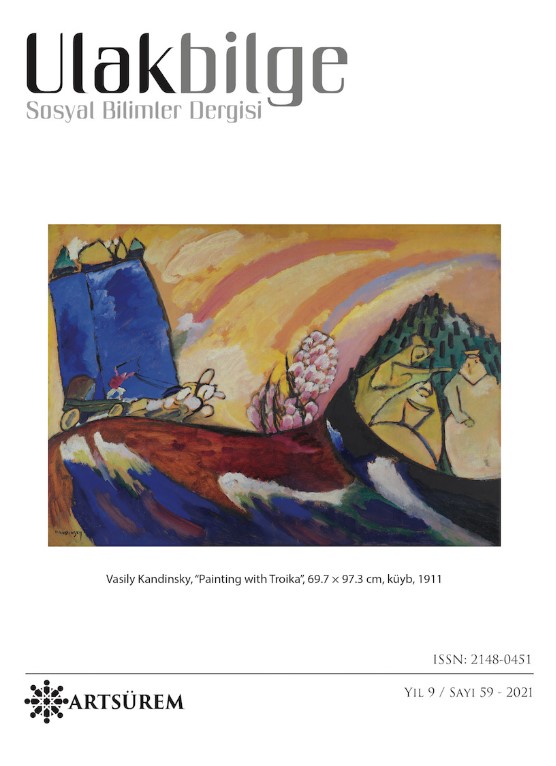
Painter Osman Hamdi Bey, who lived in the last period of the Ottoman Empire, is a successful painter, sculptor, archaeologist, art historian, educator and statesman. He has taken the early modernization steps of Turkish painting. His contributions to Turkish art and culture cannot be denied. He was the first painter to do figüre and portrait works in his period. Osman Hamdi Bey tried to explain the East in the most accurate way with his Orientalist-style paintings on the subject of important historical structures in Turkey and tried to break the prejudices of the West over the East. In his Works, he included in particular the splendor of the East. Because he uses sections of historical sites one-on-one in some of his Works, these Works are document. In some of his Works, he also provides information about Turkish culture and life through fiction. The artist often included masques, shrines and mansions in his paintings. In his figüre studies, he glorified women in everyday and social life by using women. He tried to emphasize the place of women in society. In his female figures, he portrayed the woman as cultural, social and well- groomed, reading rather than being meta. He used his wife and daughter as models in the female figures he used. In this study, four paintings of Osman Hamdi Bey’s women- themed Works were examined through semiotic analysis and an attempt was made to determine the unity of language, suject and style used in the paintings.
More...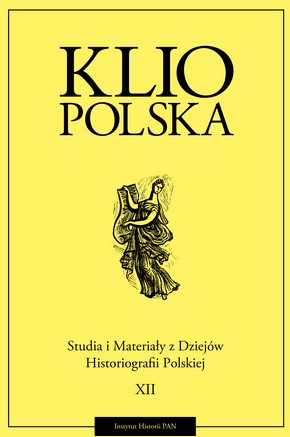
This article offers an account of a dispute between Polish and German historians (and to a lesser extent among Polish historians themselves) over the process of establishing the Teutonic Order State in Prussia at the turn of 1220s–1230s. The dispute broke out in the nineteenth and continued into the first half of the twentieth century.
More...
In connection with the dramatic shortage of residential accommodations in the first years of Polish statehood after the regaining of independence in 1918, the way to guarantee their provision for military personnel (officers and married non-commissioned officers) and civilians (state and local government officials) was a statutory obligation to provide them by means of legal administrative coercion. The aim of this article is to analyse issues relating to the requisitioning of flats, and in particular, to analyse the sources of legislation in this area at that time, and judicial decisions of the administrative court with regard to complaints made to this court in cases concerning these requisitions.
More...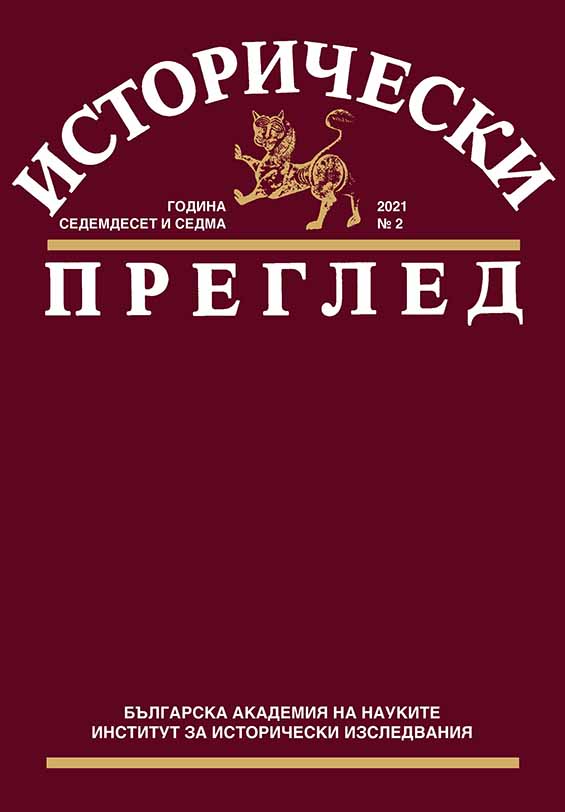
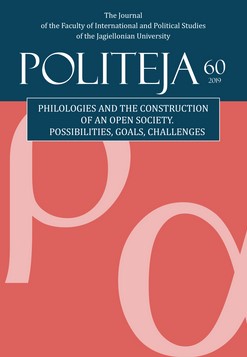
Review of: Jacek Bartyzel - Sebastian Paczos , Jan Bobrzyński . Portret polityczny, Wydawnictwo UAM, Poznań 2018, 408 s.
More...
This paper aims to show how the “New Man” was defined in different literary and political conceptions that abounded in Spanish American culture at the turn of the 19th and 20th century. Although both Americas were perceived through the stereotype of newness from the very beginning of the colonial era, it is at the end of the 19th century when the necessity to integrate the extremely heteregenous Spanish American societies brought forth a variety of renewal propositions. Focused on the spiritual or economic aspects of a given social or ethnic group (the elites, implicitly white, for Rodó or the working classes, mostly Indian, for the Indigenistas), those conceptions were not able to provide overall solutions for the Spanish American republics, struggling with a deepening neocolonial dependency. Nevertheless, many tendencies and formulas defined in that period – idealistic or politically subversive – have survived through the 20th century and resurfaced in new forms (e.g. the nuevo hombre bolivariano in Venezuela at the beginning of 21st century).
More...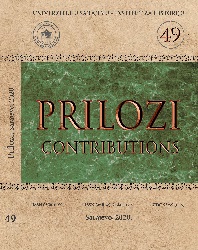
The review of: Lana Paćuka, Ženski identiteti u muzičkom životu austrougarskog Sarajeva. Sarajevo: Muzička akademija – Institut za muzikologiju, 2019, 189.
More...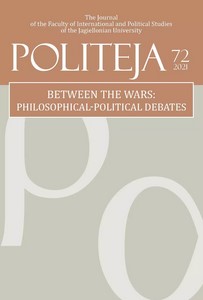
In this paper the author tries to answer the question of what factors caused the great German author Thomas Mann to accept the official goals of World War I by focusing on his Reflections of a Non-political Man. It also discusses Thomas Mann’s disagreements with his brother Heinrich Mann and his polemics with the ideas specific to the mainstream liberal thinking. Additionally, the article considers the context of the Polish reception of Thomas Mann. The author also discusses the problem of the topicality of the writer‘s attitude.
More...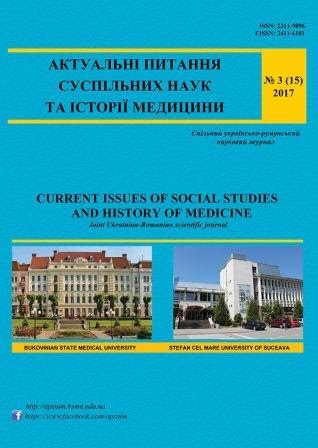
Purpose of the article to analyse socioeconomic changes and features which were caused by the process of industrialization in the USA, define pre-conditions, stages and consequences of industrialization, in American society. Research methods. The methods of analysis, synthesis, comparison, generalization are used in research. Scientific novelty. Today, economic issues cannot be considered in isolation without the problems of the industrial sector. We now understand that industrialization is the primary factor in creating an independent and developed domestic market for each country, as the statistics show. Understanding of these high-quality changes, the introduction of industry in the economic sector of the country, can best be seen in the example of the world's most powerful economy - the United States. How this power arose, what this country as a whole and in the region had to go through, what conditions were created for further growth, and what legacy this country has now, we are interested in all this as a fundamental example of building a successful economy. Conclusions. The effects of industrialization have helped the United States raise its status in the international arena by conquering new markets for its own products. Changes also happened in American society which realized it`s status in a world economy and supported such ideas as imperialism but these ideas have taken on a different form from the European model. Structurally, the United States has built a network of clusters that have created points of attraction and economic diversity in different parts of the country.
More...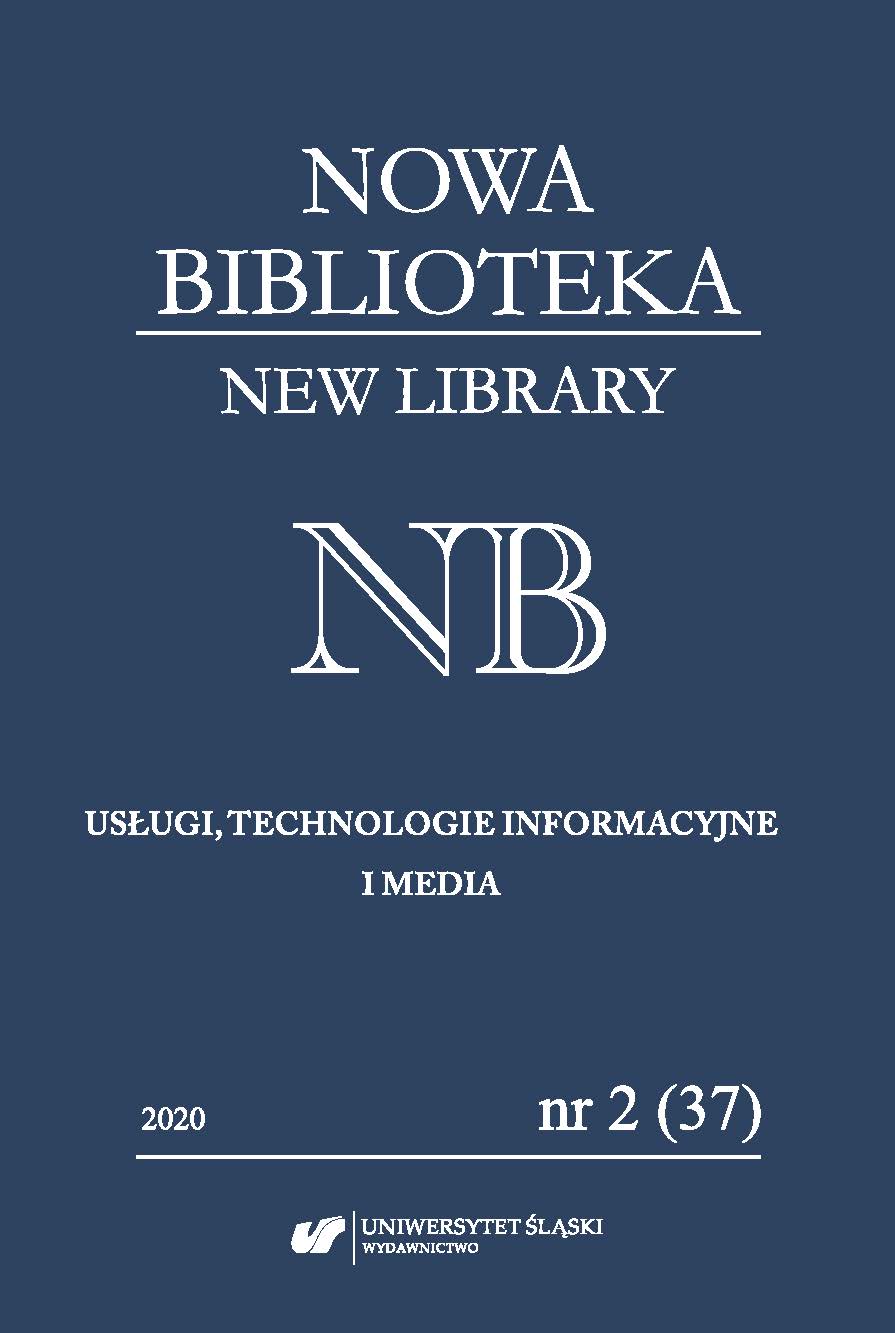
The aim of the article is to show the history and collections of the Zakład im. Ossolińskich in the years 1817–1939. By means of the analysis of the preserved documents and the existing literature on the subject, an attempt was made not only to show the history of the institution, selected collections from the library’s resources, but also to present its organization and people who have passed through its walls over the past 120 years. This is all the more important as, unlike many other Polish libraries, the complete history of the Ossolineum has never been written. The reason for this situation was that after 1945 almost all archives that could be used to learn about the history of the Institute remained in Lviv, and access to them was very difficult for Polish researchers, and sometimes even impossible. This situation began to change slowly after 1989. It was then that smaller or larger contributions were written about the history of the Ossolineum. Only recently, broader publications showing various aspects of the functioning of the Ossoliński National Institute. According to the founder’s intention, the institution, consisting of a library, publishing house and museum, was to not only collect various types of prints, manuscripts, works of art, but also make its collections available to all interested parties. The starting date of the article was determined by the establishment of the Institute, which took place in 1817. The founder spent several years considering where the institution would have its seat. Ultimately, after his death in 1827, the collections collected by Józef Maksymilian Ossoliński were transported to Lviv and placed in the rebuilt former church and convent of Carmelite sisters. It was then that the collections collected by the Lubomirski family from Przeworsk were finally added to the Ossolineum. Over a period of over 100 years, numerous manuscripts, archives, books, magazines and works of art have been added to the collection of the Ossolineum. The end date of the presented article is set in 1939. The outbreak of World War II began a new dramatic period in the history of the Ossolineum, which ended with its transfer to Wrocław in 1945.
More...
The article attempts to present the history of Luther’s Evangelical Parish, existing in the years 1896-1945. It was the oldest in Wrzeszcz (Langfuhr), a rapidly developing suburb of Gdansk (Danzig) in the Wilhelminian Era. In the interwar period it was also one of the two largest evangelical parishes in the entire Free City of Danzig. New parishes were separated from its territory twice. Luther’s parish played a key role in the pastoral ministry of military units stationed in Wrzeszcz (Langfuhr) until 1920, further, among others, in creating a new central municipal cemetery in Danzig and in the history of the local anti-Nazi Confessing Church (Bekennende Kirche) movement.
More...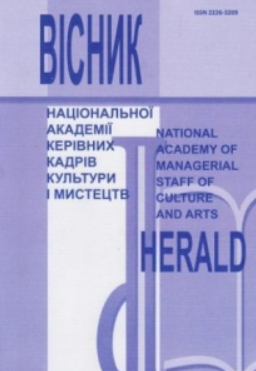
The purpose of the article is to determine and explore the relationship and interaction of historical events (Russian Revolution of 1917 and its consequences; World War II (1939-1945); anti-Roma policy of Nazism and the Holocaust; the collapse of the USSR) on the formation of Roma culture in the context of socio-cultural space of Ukraine XXI century. The methodology is based on the use of historical, socio-cultural methods to reveal the historical truth in the formation of Roma culture in different chronological periods. The scientific novelty is that for the first time in chronological order the relationship and interaction of historical events of the ХХ century (the Russian Revolution of 1917 and its consequences; World War II (1939-1945); anti-Roma policy of Nazism and the Holocaust; the collapse of the USSR) and the formation of Roma culture in the context of the socio-cultural space of Ukraine in the XXI century, determines the origin, formation, current state, and influence of Roma art on the development of Ukrainian culture of the XXI century. Conclusions. Historical events, from ancient times to the present, including the Russian Revolution of 1917 and its consequences, World War II (1939-1945), anti-Roma policies of Nazism, the Holocaust, the collapse of the USSR, had a relationship and decisive influence on the formation of Roma culture in the context of the socio-cultural space of Ukraine of the XXI century. The first Holodomor became a motive for strengthening the Ukrainian national consciousness, the settlement of Roma on the territory of Ukraine, and uniting the joint efforts of Ukrainians to resist the Soviet government. During the Second World War, the Roma did not lose their optimism and thirst for creativity, raised the fighting spirit with military songs, dances, and amateur front-line concerts. It was emphasized that a significant number of Roma were killed in the punitive actions of the Nazi occupation regime in Ukraine. In the middle of the twentieth century, no book in the Romani language (neither artistic nor scientific) was published in the USSR, and Romani schools were closed. The development of Roma culture was formal. After the collapse of the USSR, Roma artists were able to tour freely around the world and integrate their culture without any fear of oppression of their creative activities, continuing their development in the socio-cultural space of Ukraine in the XXI century.
More...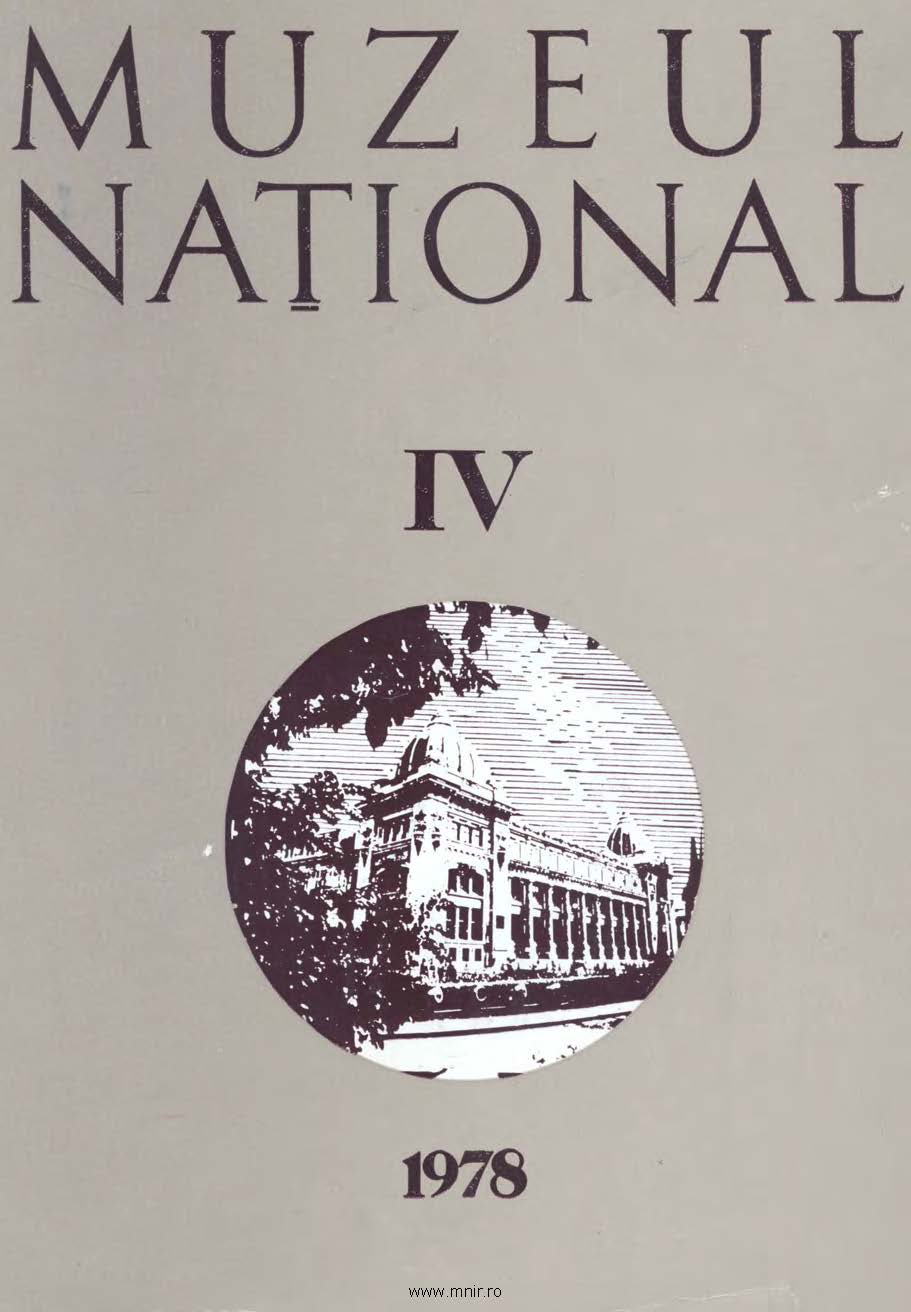
Les auteurs de l'ouvrage mettent en évidence la contribution remarquable apportée par la Société Nationale de la Croix Rouge de la Roumanie au noble effort de notre peuple pour la conquête de l'indépendance d'Etat pendant les glorieuses années 1877—1878 ; 1916—1918. On mentionne que toutes les mesures d'organisation prises par la Société Nationale de la Croix Rouge ont eu comme but la préparation dans les meilleures conditions de celle-ci, pour pouvoir assumer les tâches qui lui revenaient pendant la guerre. La Société Nationale de la Croix Rouge a été un véritable catalyseur des masses : elle a contribué à la levée des donations destinées à soutenir les troupes et certains de ses membres ont pris part effectivement à la guerre (soignant les malades et les blessés) faisant preuve d'abnégation, d'esprit de sacrifice, de patriotisme ; d'ailleurs pour leur héroïsme beaucoup d'eux ont été décorés. Pendant les années de la première guerre mondiale, la Société de la Croix Rouge de la Roumanie a agi dans des conditions extrêmement difficiles sur le territoire temporairement occupé et en Moldavie, soignant les malades, les blessés, les invalides, les orphelins... Par cette vole les auteurs de l'ouvrage rendent hommage à tous ceux qui ont déployé une activité soutenue dans le cadre de la Croix Rouge ne se ménageant en rien pour conquérir et maintenir l'Indépendance nationale.
More...
The article examines the Boycott as a reaction against the Annexation of Bosnia-Herzegovina by Austria-Hungary and the proclamation of the Bulgarian independence from the Ottoman Empire. As a formal violation of the Berlin Treaty from 1878, they unleashed the most serious international crisis on the eve of the First World War. The article reveals the different forms of this protest movement against goods and ships from the Dual Monarchy and Greece in the Balkans and outside the region. The text puts the boycott in the broader context of political, ideological and economic claims in the Ottoman Empire, Serbia, Montenegro, and Romania.
More...
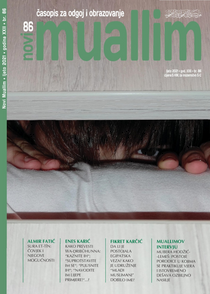
Review of: Hasan Hasić - Muslimani Jugoslavije nakon Velikog rata: odjeci Mirovnog ugovora iz Saint- Germaina 1919., urednik: Hikmet Karčić, prijevod: Aleksandar Gašić, Elmina Mušinović, Institut za islamsku tradiciju Bošnjaka, Sarajevo, 2020.
More...